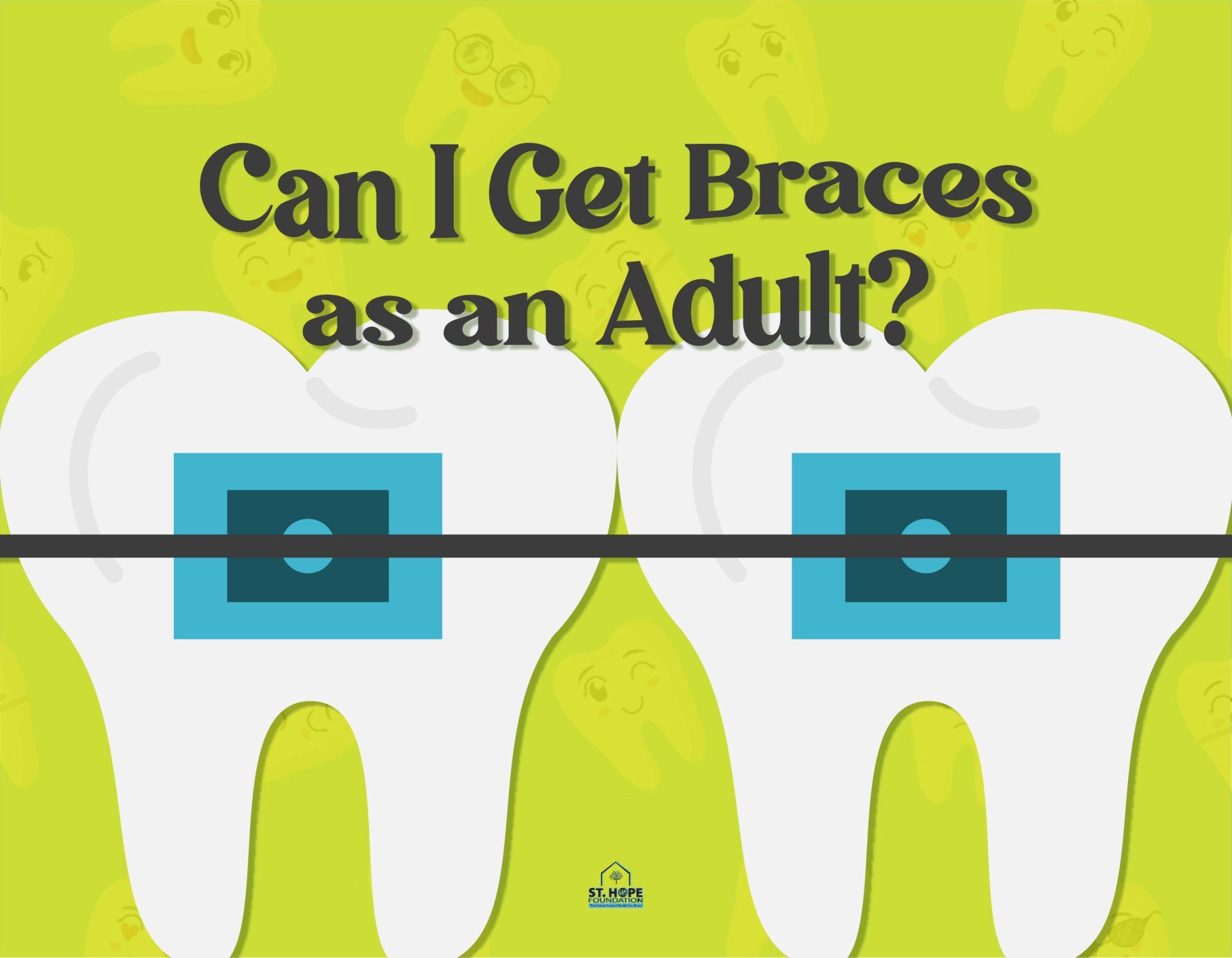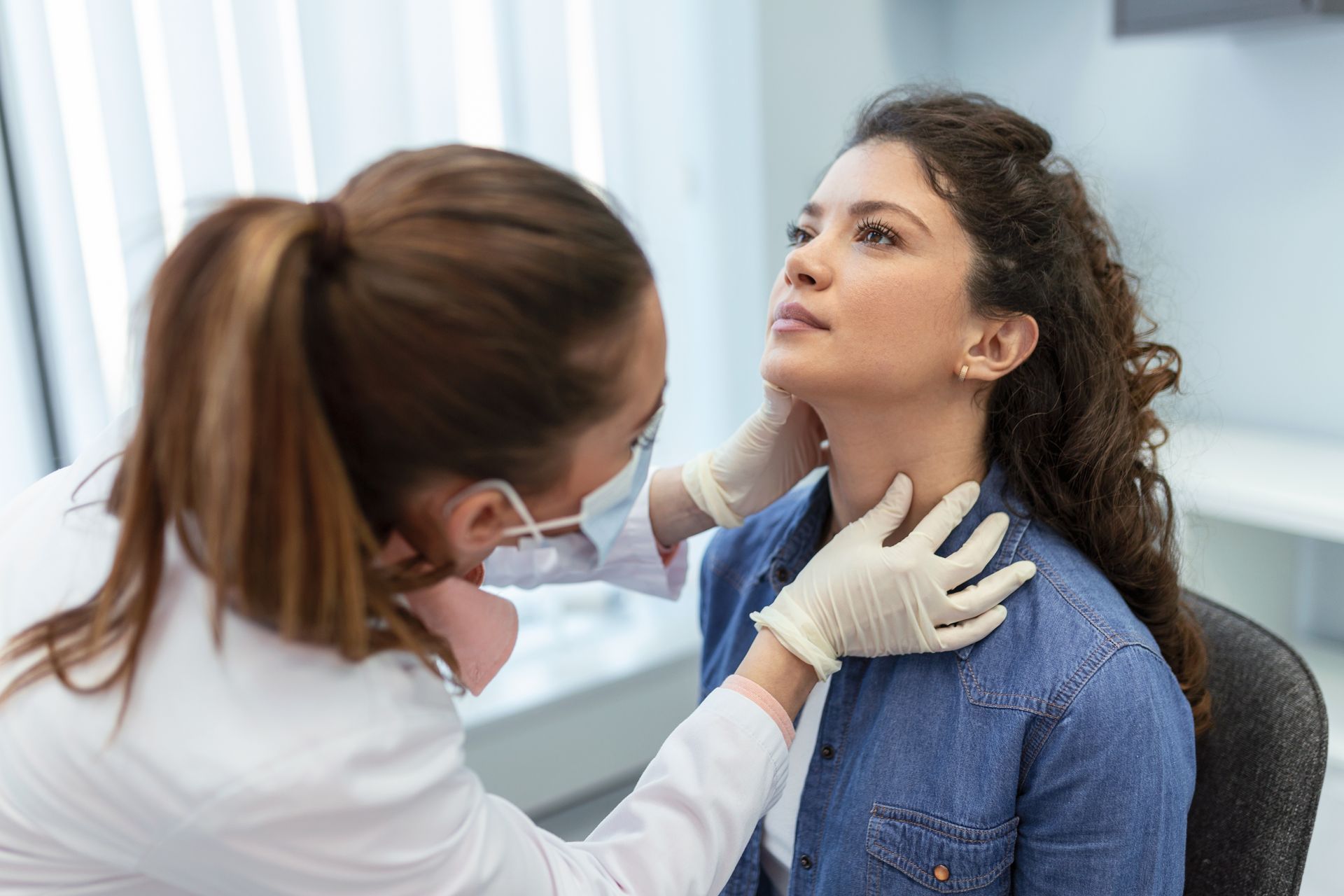Recent Posts
Can I Get Braces as an Adult?

Many children and teenagers wear braces to fix problems with the appearance of their teeth, like gaps, crowding or crooked teeth. But can you get braces as an adult?
If smiling causes you embarrassment and you’re looking to correct your teeth with braces, you’re in luck. There is no age limit for wearing braces. This orthodontic treatment is as effective for adults as it is for children.
What Are the Benefits of Wearing Braces?
Apart from aesthetics, there are many advantages to wearing braces. Yes, your teeth will look better, and you’ll be able to flaunt a beautiful smile, but your orthodontic treatment can also:
- Make it easier to clean your teeth
- Reduce the risk of developing cavities and gum disease
- Improve your speech (for example, gaps in teeth often cause a lisp)
- Reduce the chance of injury if your teeth were previously protruding
- Keep you from biting your cheek
- Improve breathing
- Boost your self-confidence
What Are the Different Types of Braces?
When thinking about braces, you may picture a mouth full of metal. While metal braces are still widely used in orthodontic treatments, there are other options available.
Metal Braces
These are the most common and most affordable type of braces. They consist of brackets that are bonded to the front of your teeth with a dental adhesive. Your orthodontist will attach a wire between these brackets and secure the wire with colored elastic ties that go around each bracket. The wires gradually pull your teeth in a desirable position and need to be adjusted by your orthodontist every four to eight weeks.
Ceramic Braces
Ceramic braces use the same mechanism as metal braces, but the brackets are ceramic, which more closely matches the color of your teeth, making them less noticeable.
Clear Aligners
As the name suggests, clear aligners are transparent plastic trays that fit around your teeth. Unlike other types of braces, they can be removed for brushing and flossing. Aligners can straighten your teeth but they can’t fix complex orthodontic problems.
You should consult with an orthodontist if you want to find out if your misalignments can be straightened with aligners instead of braces.
Self-Ligating Braces
These work like metal and ceramic braces but use clips instead of elastic ties to hold the wire in place. Self-ligating braces typically require fewer adjustments and shorter appointments.
Lingual Braces
The brackets and wire of lingual braces are placed on the back of your teeth instead of the front. They are the least common orthodontic treatment available. Orthodontists must undergo specialized training to learn how to install and adjust lingual braces.
Patients like lingual braces because no one can see them. They are a great option for patients with complex orthodontic needs.
How Long Will You Need to Wear Braces?
The length of orthodontic treatments depends on the complexity of your orthodontic problem. Typically, people need to wear braces for 12 to 24 months, but more complicated treatments may take up to three years.
Your cooperation and adherence to the treatment plan will play a significant role in the overall length of your treatment plan. To avoid wearing braces for longer than you may have anticipated, follow these steps:
- Don’t skip or delay your scheduled appointments
- If you’re wearing clear aligners, take them out only when necessary
- Studiously wear elastics (rubber bands) as prescribed
- Refrain from eating foods that can break or damage your braces, such as nuts, hard candy, carrots, apples and chewing gum
- Brush and floss your teeth regularly
- After your braces are removed, be sure to wear your retainer to prevent your teeth from shifting into their original positions
Give Invisalign® a Try with St. Hope Foundation in Houston
If you’d like to find out if clear aligners can help straighten your teeth, schedule a consultation with the dentists at St. Hope Foundation.
We offer a wide range of affordable dental services, including cleaning, extractions, crowns, teeth whitening and other cosmetic and restorative care.
To schedule an appointment, call us today at (713) 778-1300.









